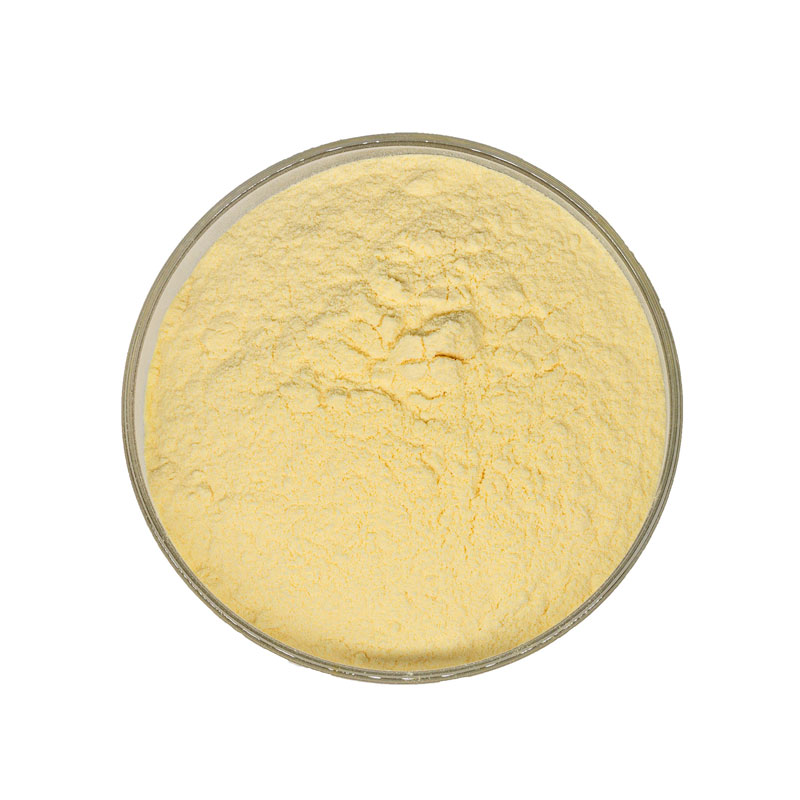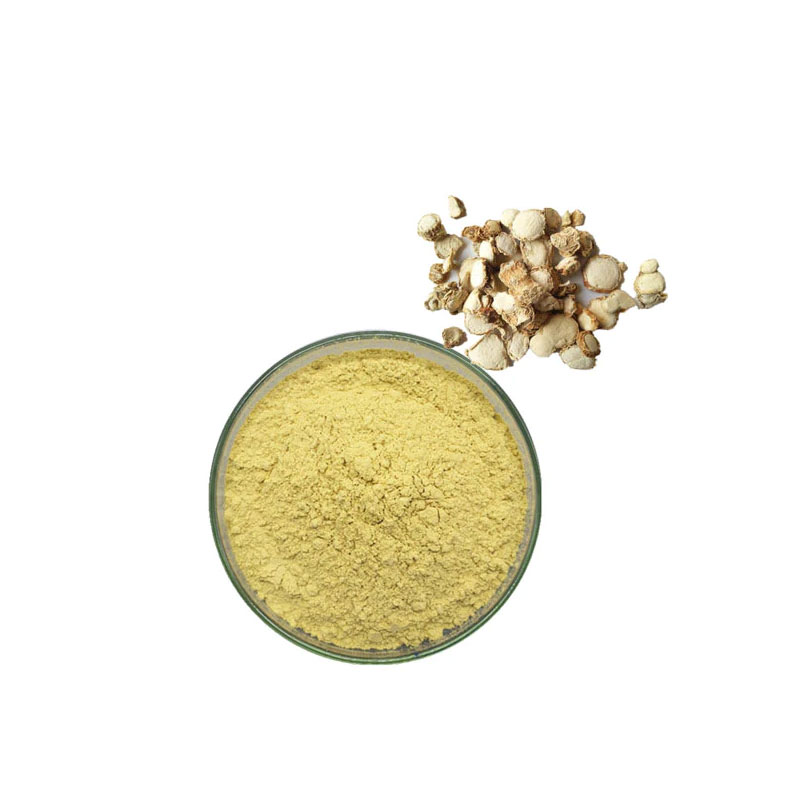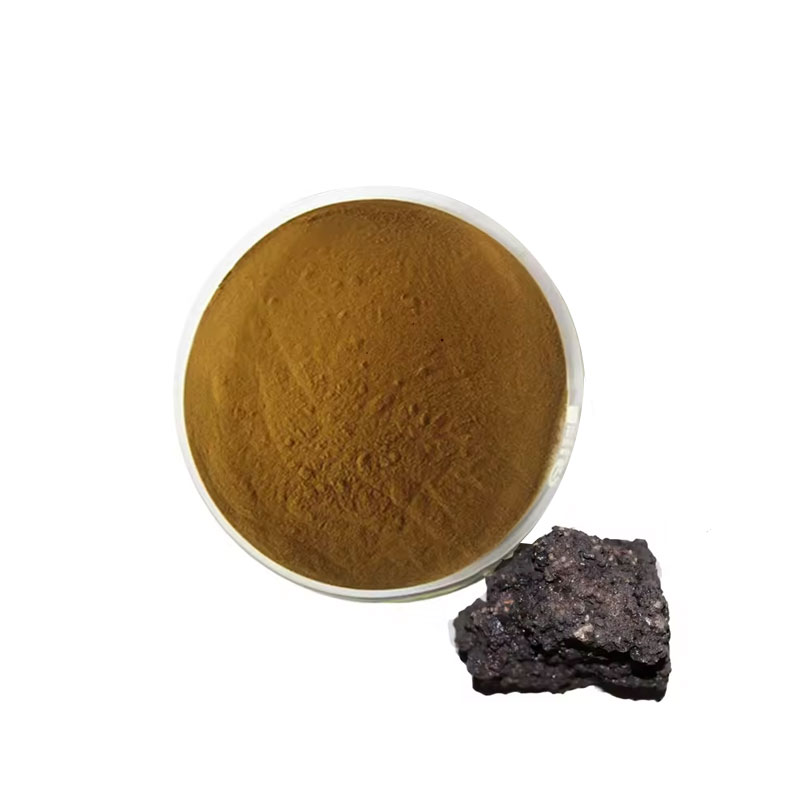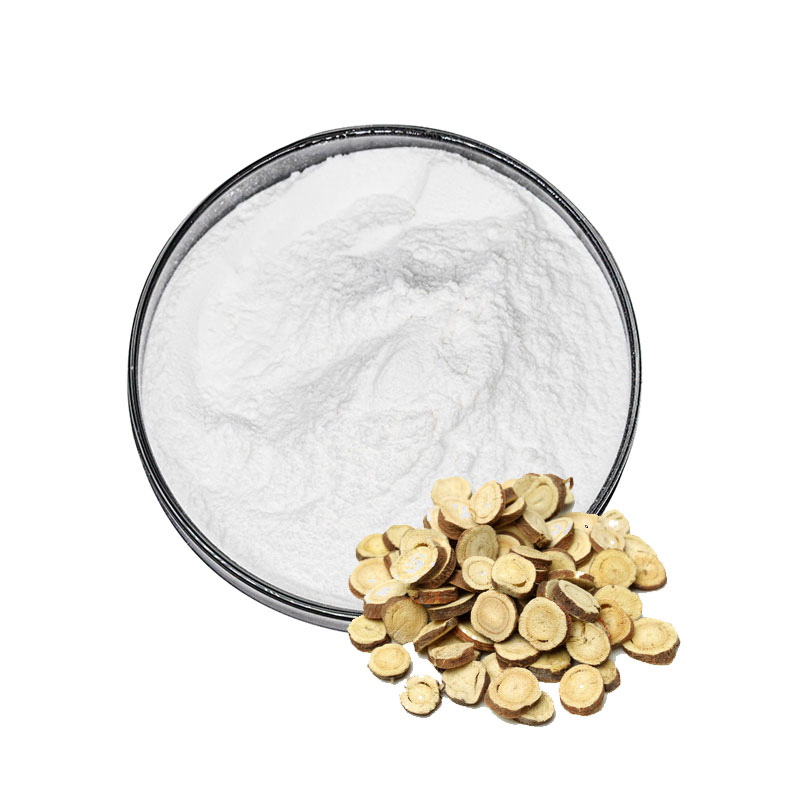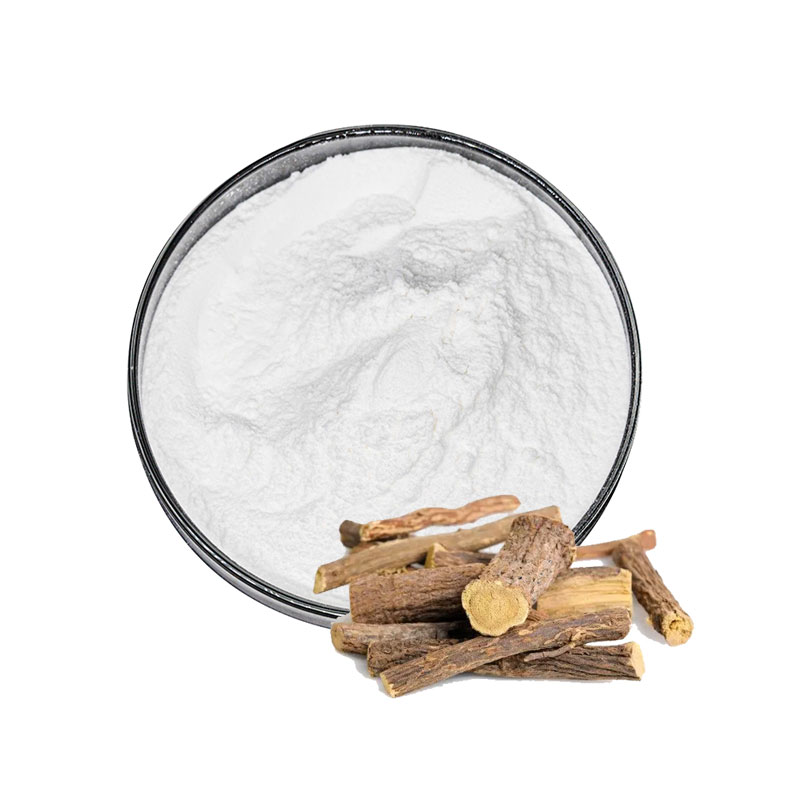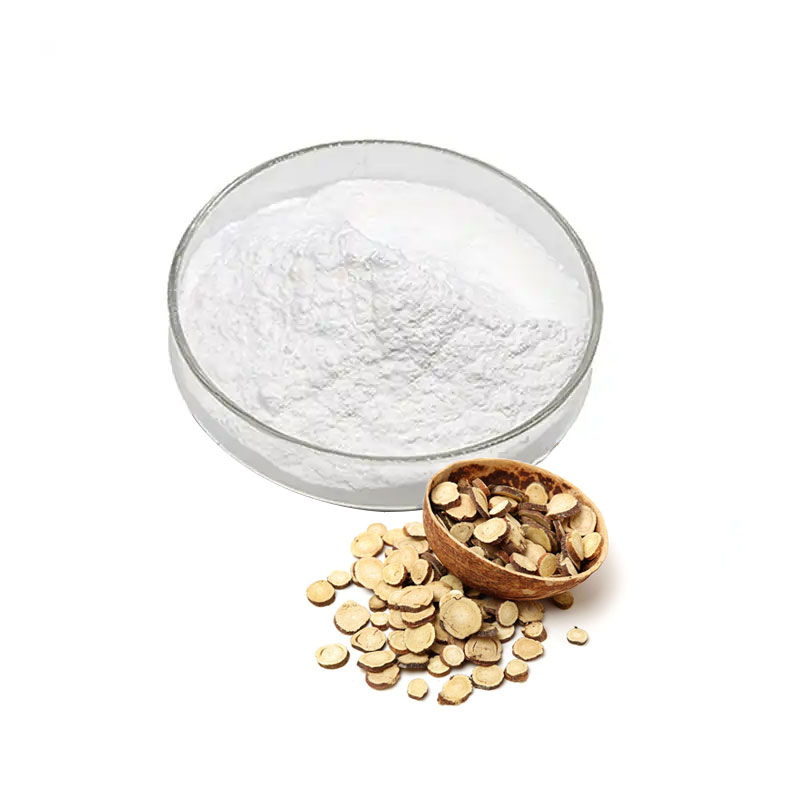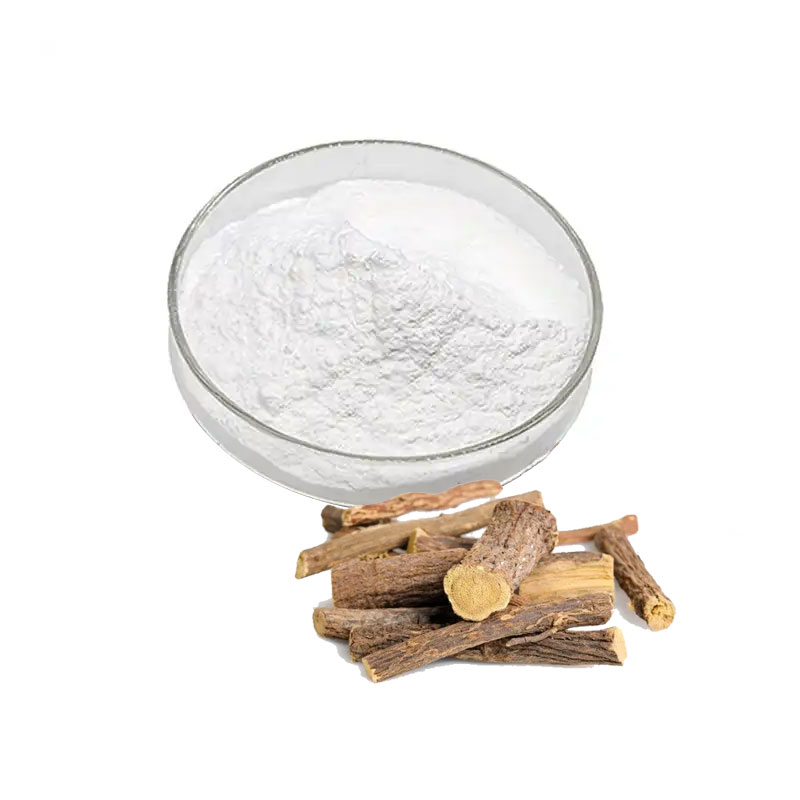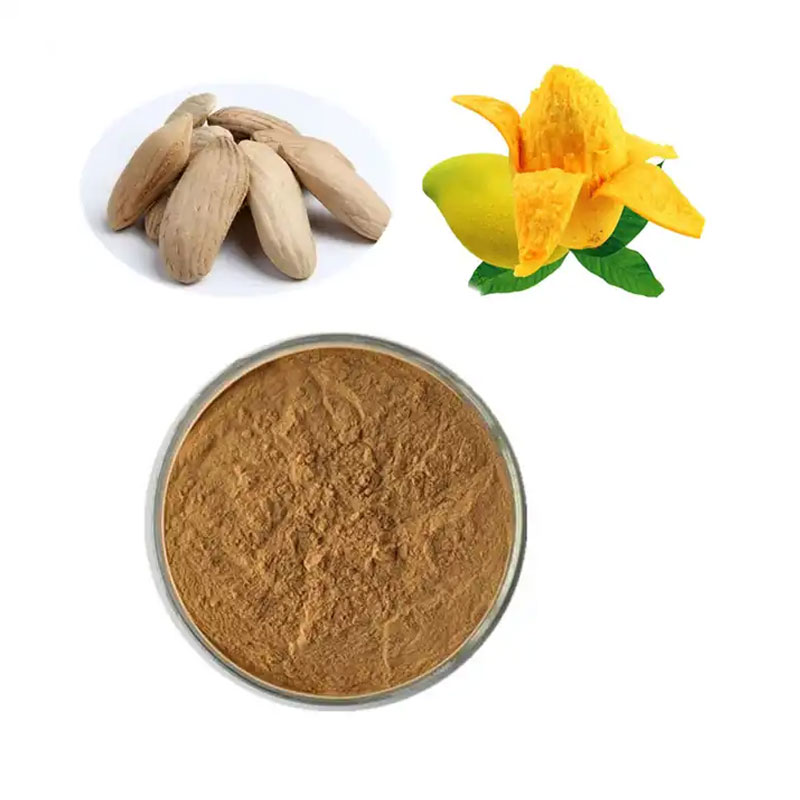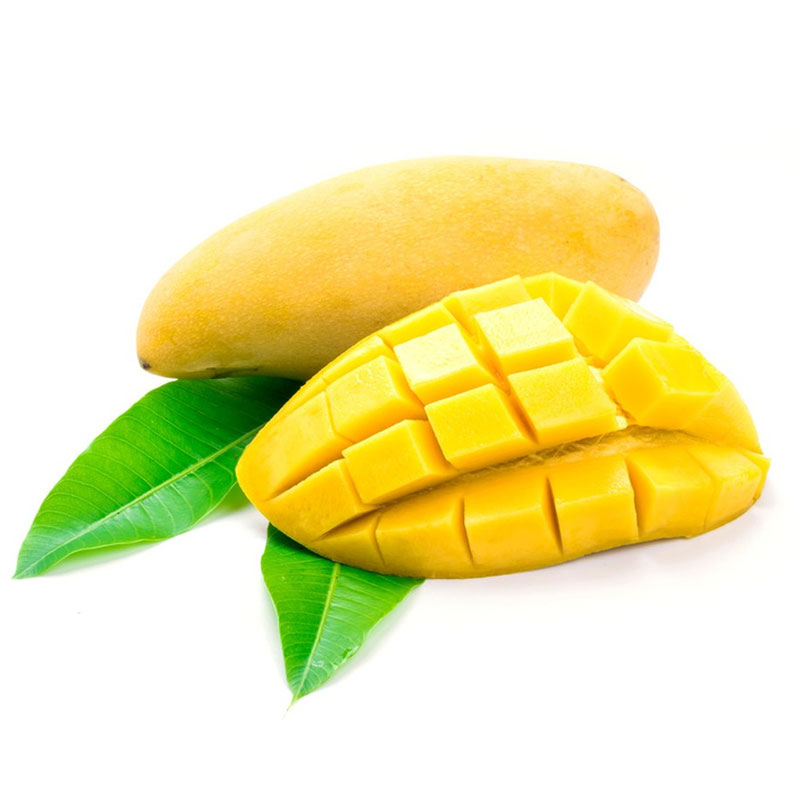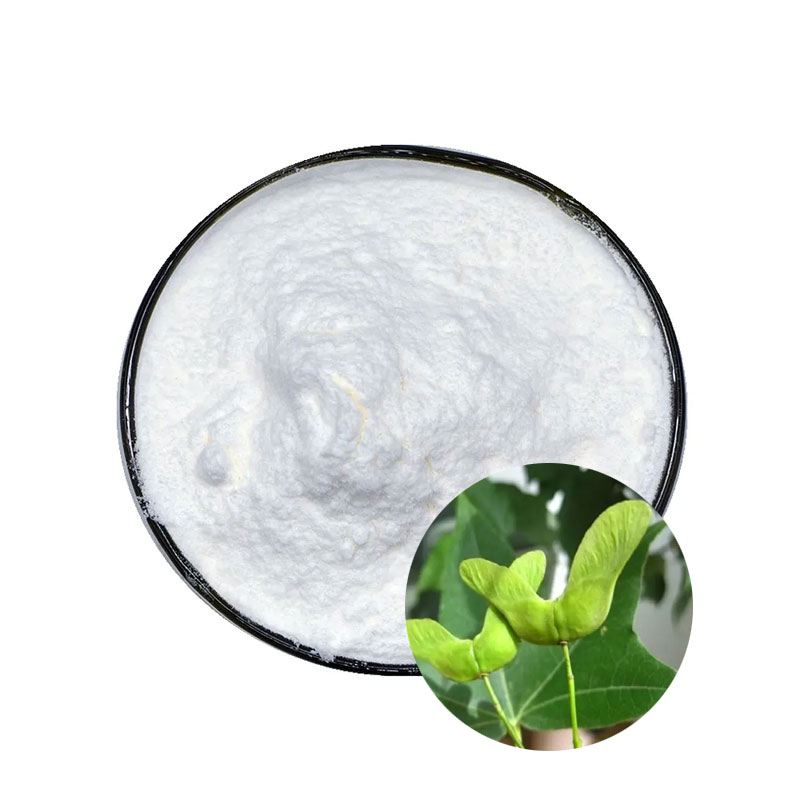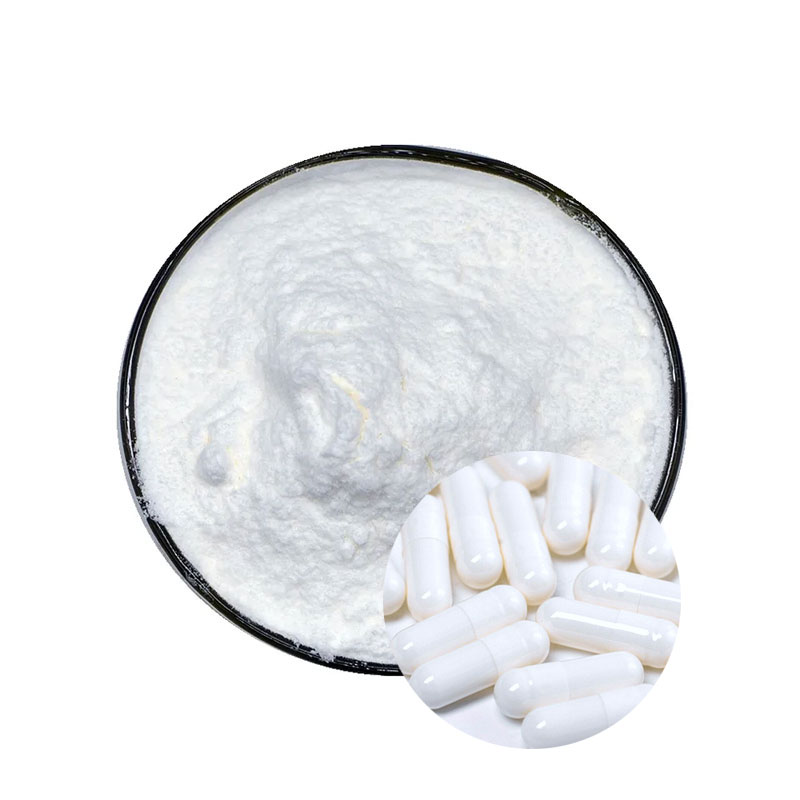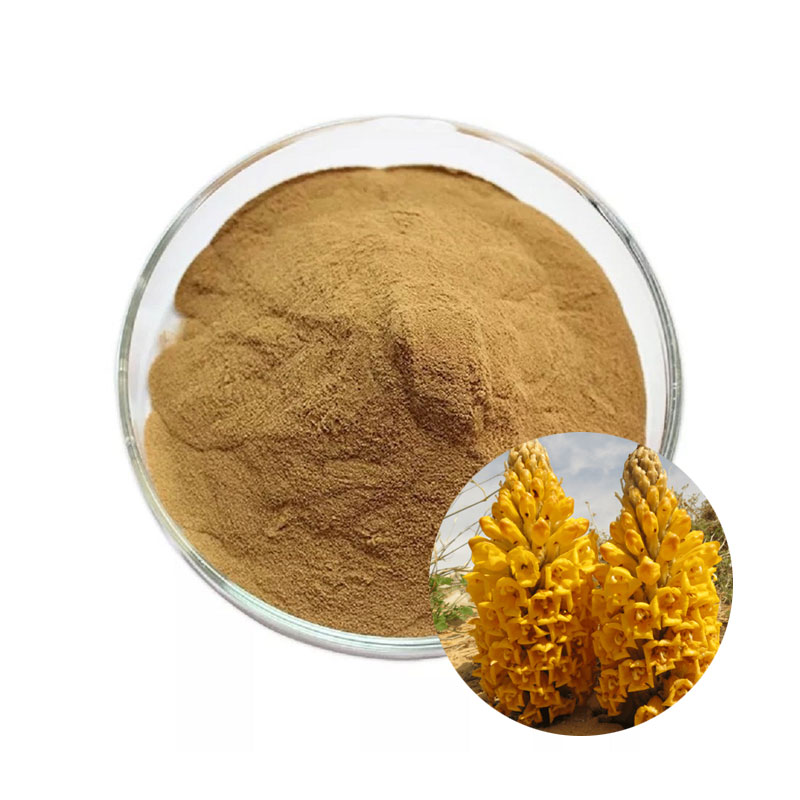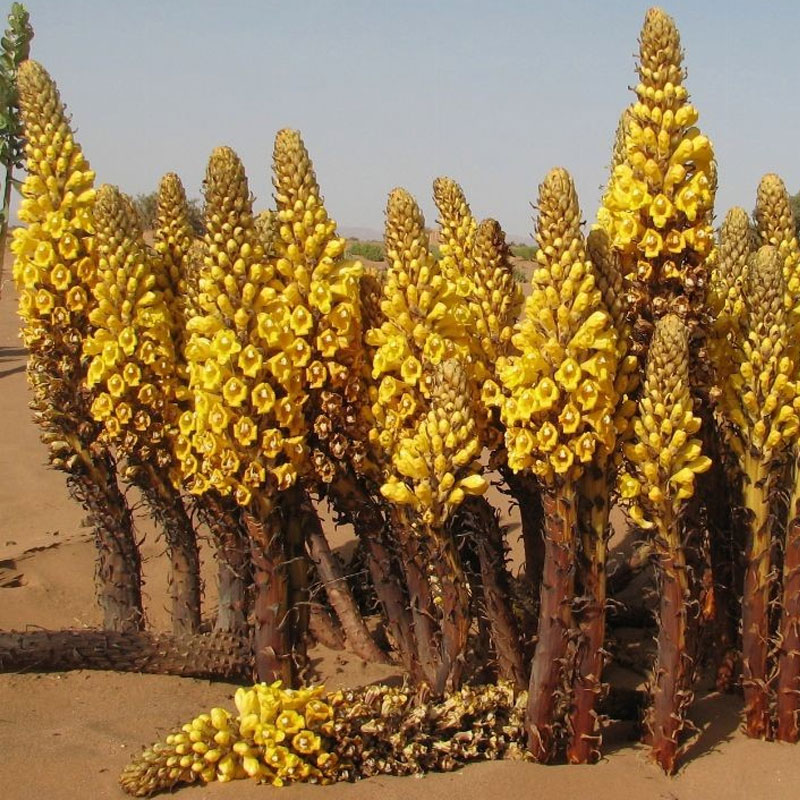Kaempferol extract Manufacturer
Ⅰ What does kaempferol extract do for the body?
Kaempferol extract reduces the risk of chronic diseases, especially cancer. Kaempferol augments human body’s antioxidant defense against free radicals. Kaempferol modulates apoptosis, angiogenesis, inflammation, and metastasis. Nanotechnology can improve the bioavailability of kaempferol.
Ⅱ What foods contain kaempferol?
The richest plant sources of kaempferol (mg/100 g fresh weight) are green leafy vegetables, including spinach and kale, and herbs such as dill, chives, and tarragon. The leaves of wild leeks or ramps (100g fresh weight) were reported to contain 50.2 and 32.5 mg of quercetin and kaempferol, respectively
Ⅲ Is kaempferol extract anti-inflammatory?
Results: Kaempferol extract revealed anti-inflammatory activity, as shown in vitro and in silico. Molecular docking studies of kaempferol revealed comparable binding energies and similar docking poses on target proteins such as MG-132, a known NF-κB inhibitor.
Ⅳ What is kaempferol derived from?
Kaempferol (3,4′,5,7-tetrahydroxyflavone) is a natural flavonol, a type of flavonoid, found in a variety of plants and plant-derived foods including kale, beans, tea, spinach, and broccoli.
Ⅴ What does quercetin do for the body?
Quercetin has antioxidant and anti-inflammatory effects that might help reduce swelling, kill cancer cells, control blood sugar, and help prevent heart disease. Quercetin is most commonly used for conditions of the heart and blood vessels and to prevent cancer.
Ⅵ What are the benefits of taking flavonoids?
Phytonutrients like flavonoids have beneficial anti-inflammatory effects and they protect your cells from oxidative damage that can lead to disease. These dietary antioxidants can prevent the development of cardiovascular disease, diabetes, cancer, and cognitive diseases like Alzheimer’s and dementia.
- Previous Article: Artemisinin Extract Manufacturer
- Next Article: Huperzia serrata Leaf extract Huperzine A

